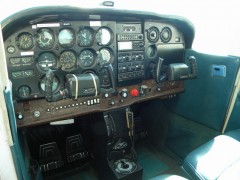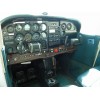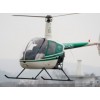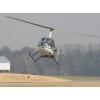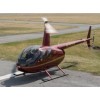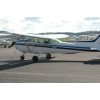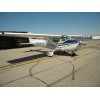Simply stated, learning to fly by reference to instruments will make you a better pilot. The skills you learn during your training can be applied to everyday flying and to the airplanes you will fly later in your career.
To enroll in the instrument rating course, you must possess either a private or commercial airplane pilot certificate and complete 40 hours of dual instruction to meet the requirements for the initial instrument rating.
If you have a helicopter instrument rating, the add-on airplane instrument rating requires a minimum of 15 hours of dual instruction.
Stage One: Fundamentals of Instrument Flying
This stage will teach you the basics of instrument interpretation, including basic attitude flying, navigation by reference to instruments, and emergencies under IFR. Upon completion of stage one, you will have a thorough understanding of how the flight instruments operate and how they interact with the surrounding environment.
Stage Two: Instrument Approaches
During this phase of training, you will learn how to use GPS and radio navigation to safely make an approach to an airport in Instrument Meteorological Conditions.
Stage Three: IFR Cross-Country
The final stage of training combines everything you have learned so far, to complete a cross-country flight under Instrument Flight Rules. After successful completion of stage three, you will have earned your instrument rating.
For those completing our professional pilot program, the instrument rating is the second step in the program, and will be completed while building time for the commercial license.
IFR Dual Instruction $190 per hour
Ground Instruction $50 per hour
Estimated Cost $8-$10,000

